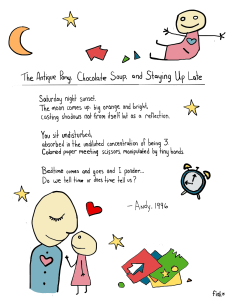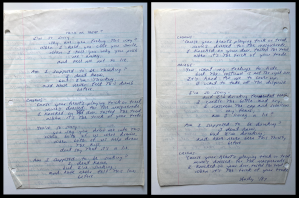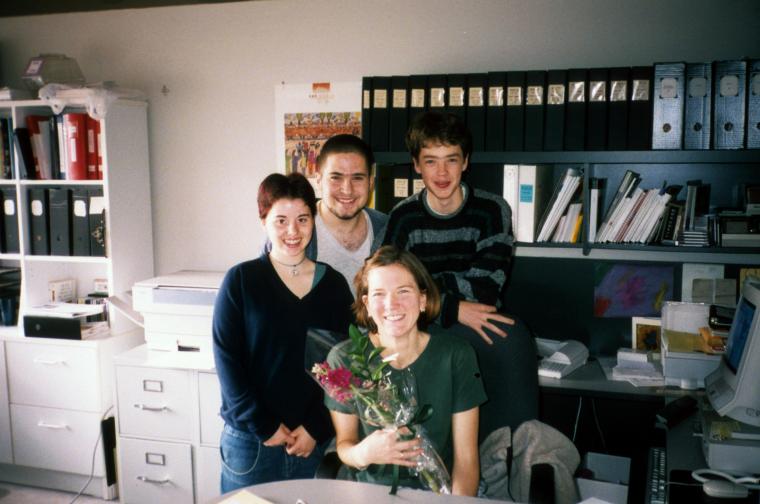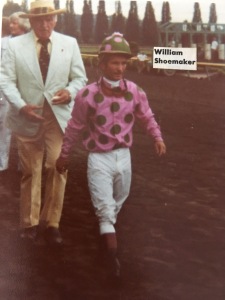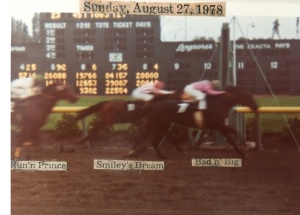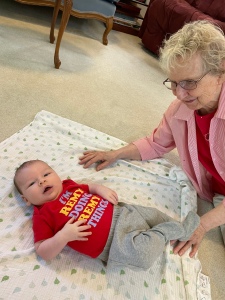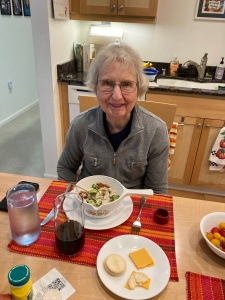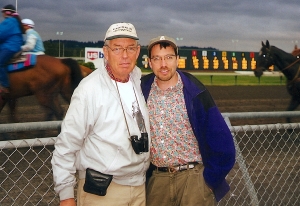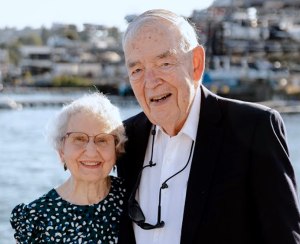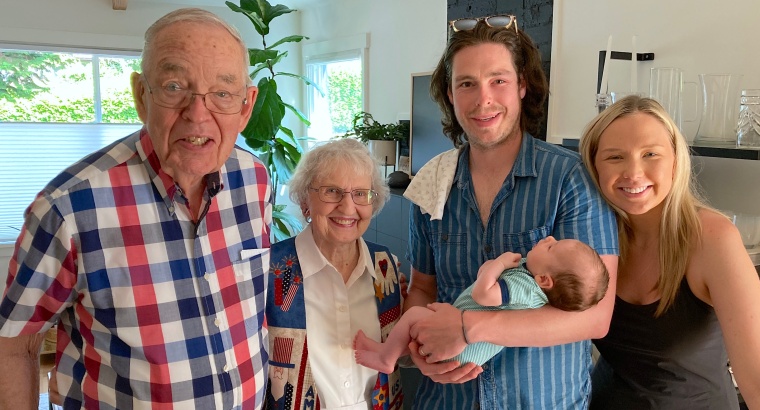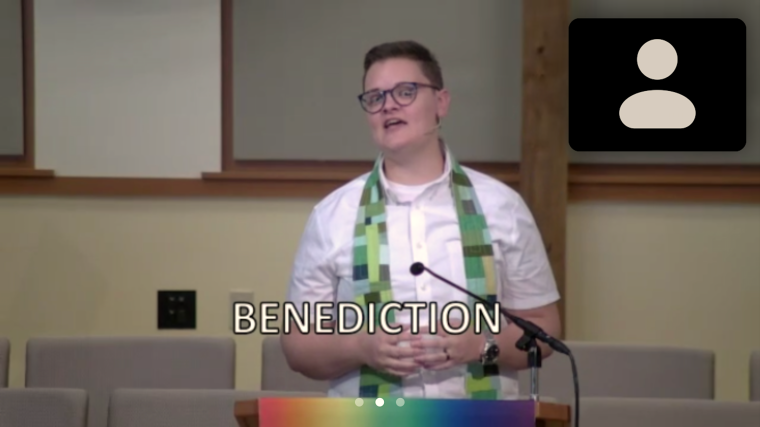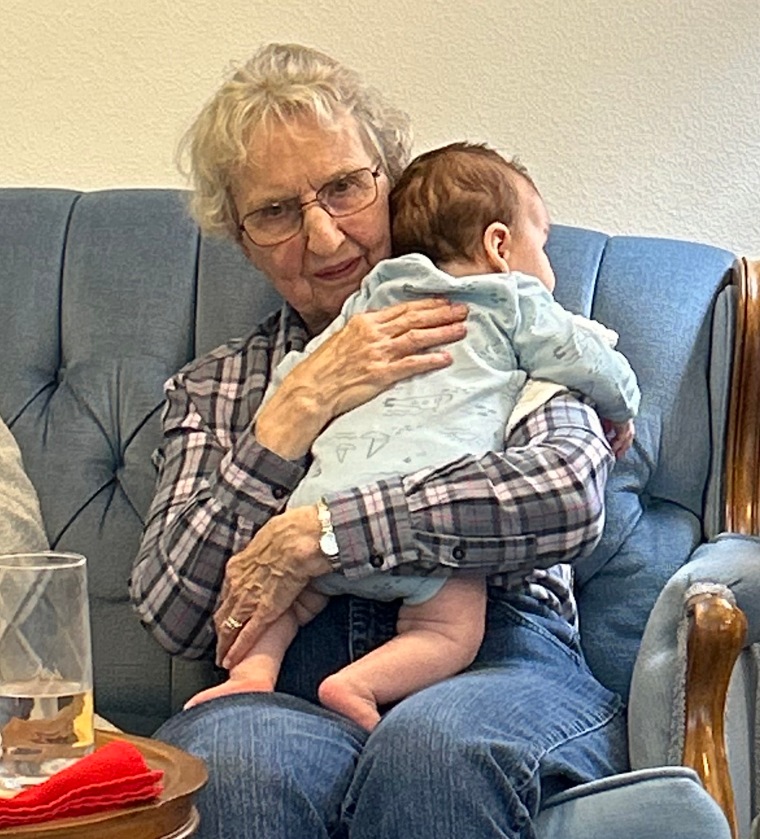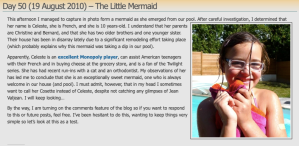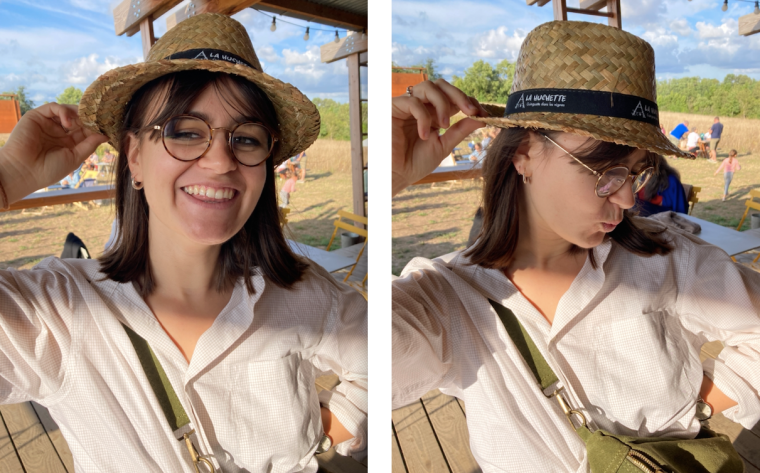(Note, all of the photos here are of Ella from our sabbatical in Nantes, France in 2010-11.)
 My daughter, Ella, introduced me to the music of Taylor Swift when our family was on sabbatical in France during the 2010-11 school year (I searched my blog for any references to Taylor Swift and found just this one from 2011 when I referenced Ella being a fan, as well as one of Melinda’s and my “projects,” thus providing her time-stamped evidence of her fandom). This, of course, makes her a longtime “Swiftie,” ahead of the curve. I think she should take great pride in this. I know I do, as her father. For instance, I’m a huge fan of Jeremy Messersmith. Haven’t heard of him? Just wait. When you do, I can say that I’ve been listening to his music for years. And then won’t I be cool?!
My daughter, Ella, introduced me to the music of Taylor Swift when our family was on sabbatical in France during the 2010-11 school year (I searched my blog for any references to Taylor Swift and found just this one from 2011 when I referenced Ella being a fan, as well as one of Melinda’s and my “projects,” thus providing her time-stamped evidence of her fandom). This, of course, makes her a longtime “Swiftie,” ahead of the curve. I think she should take great pride in this. I know I do, as her father. For instance, I’m a huge fan of Jeremy Messersmith. Haven’t heard of him? Just wait. When you do, I can say that I’ve been listening to his music for years. And then won’t I be cool?!
Okay, maybe not.
Still, Ella is a big Taylor Swift fan and she does take pride in being a fan before her sister, Chloe, who used to tease her about it while we were in France. These days, I think Ella is simply so pleased to be sharing this Swiftie love with her sister that she doesn’t give her too hard of a time about being an early adopter and Chloe catching up later.
Anyway, Taylor Swift recently released a new album, “The Tortured Poets Department.” The initial release had something like 191 songs on it. And then two hours after that dropped, the marketing savvy Swift released something like another 438 songs. Ella’s been in Taylor Swift heaven since. A week or so ago, she told me that some friends of hers asked her to summarize her thoughts about the songs on the album, something she was working on when she dropped by. I asked if she’d share these thoughts with me and for permission to share them here.
So here you have as a guest blogger, my daughter, Ella Shaw, the longtime Swiftie, more than half of her life, in fact, on Taylor Swift’s latest release, “The Tortured Poets Department.” Take it away, Ella!
Taylor Swift TTPD – Ella’s Thoughts
I really like this one. I like that it references a lot of the other songs too. Also Post and her voice go well together. “I loved you it’s ruining my life” favorite line of the song
Not my favorite song but I do think it’s an important one for the sound of the album. Favorite line “But I’ve seen this episode and I still love the show”
Love this one. Love singing this one in the car. Favorite line “He saw forever, so he smashed it up” also “I felt more when we played pretend. Then with all the Kens” I like this lyric since we know she was writing this album last year when the Barbie movie came out. So it feels like you’ll truly get the lyric if you were there with all of that.
I like this one. I like the way she compared being in love with being abducted by aliens. Favorite line “cause f*&! it, I was in love. Cause f*&! it if I can’t have us. Cause f*&! it, I was in love”
Track 5!!! LOVE IT! But so sad. I like that it’s a little bit like replacing his name with London. And the way she sings is so angelic but the tempo feels almost manic. Favorite line “how much sad did you think I had. Did I have in me” “and I’m pissed off you let me give you all that youth for free” Honestly almost ever line is my favorite it really feels like a letter being written or a diary entry
Like it. Favorite line “I just learned these people just try and save you. Cause they hate you” “I’ll tell you something about my name. It’s mine alone to disgrace”
Like this one. Favorite line is when she repeating “fresh out of the slammer” when she’s echoing herself

LOVE!!! Together they sounds AMAZING! Also one of my favorites to sing alone to. I think she said she wrote this song after watching dateline and everyone seemed to flee to Florida. Favorite lines “My friends all reek of weed or babies” “FLORIDA (drums) is one hell of a drug (drums) FLORIDA (drums) can I use you up”
Really like this one. This sound is my favorite kind of her songs. Favorite line “Am I allowed to cry” also like that this song is like her fantasy of this guy she likes
LOVE THIS SONG!!! I keep replaying it all the time. Love singing along. “You don’t get to tell me about sad” “you don’t get to tell me you feel bad” love that these two sentences are similar but just a little changed. “so they tell me everything is not about me. But what if it is? Then they say they didn’t do it to hurt me. But what if they did? This feels like intrusive thoughts. The whole bridge is so good!
Like this one but not my favorite. Kinda reminds me of like a continuation of Cowboy Like Me. The western twang to it is really cool. Favorite line “woah maybe I can’t”
Love this one. Super sad. I like that the acronym stands for love of my life and he keeps calling her love of my life and she calls him loss of my life. When she says “a con man sells a fool a get love quick scheme” I think she’s referencing her Out of the woods music video. Favorite line “Mr. steel your girl then make her cry. You said I’m the love of your life” Again the bridge is just amazing lyrics.
LOVE LOVE LOVE!!!! This might be my favorite. I love how upbeat it is but the lyrics are about being so sad and depressed. Best song to sing along to. Favorite line “Cause I’m a real tough kid. I can handle my shit”
Like this song. I like that this song refers to the song before it by talking about her sparkling summer. Favorite line “and I’ll forget you, but I’ll never forgive. The smallest man who ever lived” the bridge is also amazing!
Love this song. The two songs before this are talking about her summer and so is this one kinda with it being about her starting to be happy with Travis. Favorite line “Where the trophy. He just comes running over to me” Also her talking about coming back a little like coming back to her roots.
Like this song. I like that she has all of these very famous women in different decades that everyone is being compared to. I also like that she says herself cause that is so true. And with the person being told they’re like her but with edge. Favorite line “You look like Taylor swift. In this light, we’re loving it. You got edge, she never did”
Love this song. Another sad song that’s really good lyricly and fun to sing in the car to. Favorite line “And your location, you forgot to turn it off” Like that when she sings “old habits die screaming” then the music gets loud till the last time she says it and it gets quiet
Like this one, not my favorite though. Favorite line “Whether I’m gonna be your wife or smash up your bike, I haven’t decided yet. I’m gonna get you back” I like that gonna get you back has a double meaning here.
Like this song. Super pretty sounding, her voice is really nice in it. Favorite line “she is the albatross. She’s here to destroy you”
Like this song. Favorite lines “just say ‘I loved you the way you were’ if you want to tear my world apart. Just say you always wondered” “cooler in theory, but not if you force it to be. It just didn’t happen”
So good! Kinda feels like the other end of her song Lover with “we herby” as some wedding imagery like the song Lover does. Also this song is a little bit seems poured at the fans who think they deserve to know what happened between her and her exes but she’s only telling her friends. It seems like there a couple of times in the song reference it’s. “We must know how did it end” and “guess who we ran into the shops? walking in circles she was lost. Don’t you hear? They called it off. One gasp and then how did it end?” Favorite line “sitting in a tree d-y-I-n-g” “I can’t pretend like I understand. How did it end”
LOVE! It feels like it should be in a 2000s movie. One of my top favorite. Favorite lyric “you know how to ball, I know Aristotle. Brand new, full throttle” “you know what you wanted and, boy you got her”
Might be my favorite song. I loved playing the game where we pick a decade to live and I also would be like without all this and this. Love the escapism of this song. I really relate to it. Favorite line as you can guess is “My friends used to play a game where we would pick a decade.We wished we could live in instead of this. I’d say the 1830s but without all the racists and getting married off for the highest bid. Everyone would look down ’cause it wasn’t fun now. Seems like it was never even fun back then. Nostalgia is a minds trick. If I’d been there, I’d hate it. It was freezing in the palace”
I like it but not my favorite. I do love the pettiness of it if it is about Kim. Favorite line is “and one day, your kid comes home singing a song only us two is gonna know is a about you”
Like this song. Is it from the perspective of Peter Pan? With the song Peter from Wendy’s? Also it seems like it could be from her perspective of being such a big star that she’s looking in on other people having normal lives. Favorite line “I look in peoples windows. Like I’m some derange weirdo”
LOVE LOVE LOVE this song!!! Favorite line “I guess a lesser woman would’ve lost hope. A greater woman wouldn’t beg. But I looked to the sky and said. Please. I’ve been on my knees. Change the prophecy. Don’t want money. Just someone who wants my company. Let it once be me. Who do I have to speak to. About if they can redo the prophecy?” I really like how she says knees with it sounding like she’s begging. And the strumming of the guitar through the whole song is just so so beautiful.
I like this song. I like the use of Greek mythology with also referencing her life, especially the reputation and before era with the “room with snake” and “when its ‘burn the bitch’ they’re shrieking. But when the truth comes out, it’s quite”. My favorite line “so they killed Cassandra first, cause she feared the worst”
Is this Wendy’s point of view when she’s all grown up? She references the lost boys, fearless leader. “You said you were gonna grown up, then you were gonna come find me”. In Peter Pan I believe he grows up at the end of the story. Favorite line “But the woman who sits at the window has turned out the light” I like this line as it shows that she also grew up.

LOVE!!! Love the guitar and like the upbeatness of it. I like that at the end it switches from ‘him calling her a whore’ to ‘her having the best stories’. Favorite line “there’s escape in escaping” it’s funny but also resonates.
It’s good but not a favorite. I think I’ve heard this is about her co-writers child? Favorite line “you have no room in your dreams for regrets”. The song is a really pretty song about the innocent of childhood.
Love this song! It’s so beautiful!!! It’s a perfect end to the album with her being like these songs are no longer about who I wrote them about/I’ve moved on from it. These songs are yours now. It’s so beautiful with piano in the background. Favorite line is the whole song but having to pick it would be “now and then I reread the manuscript. But the story isn’t mine anymore”




